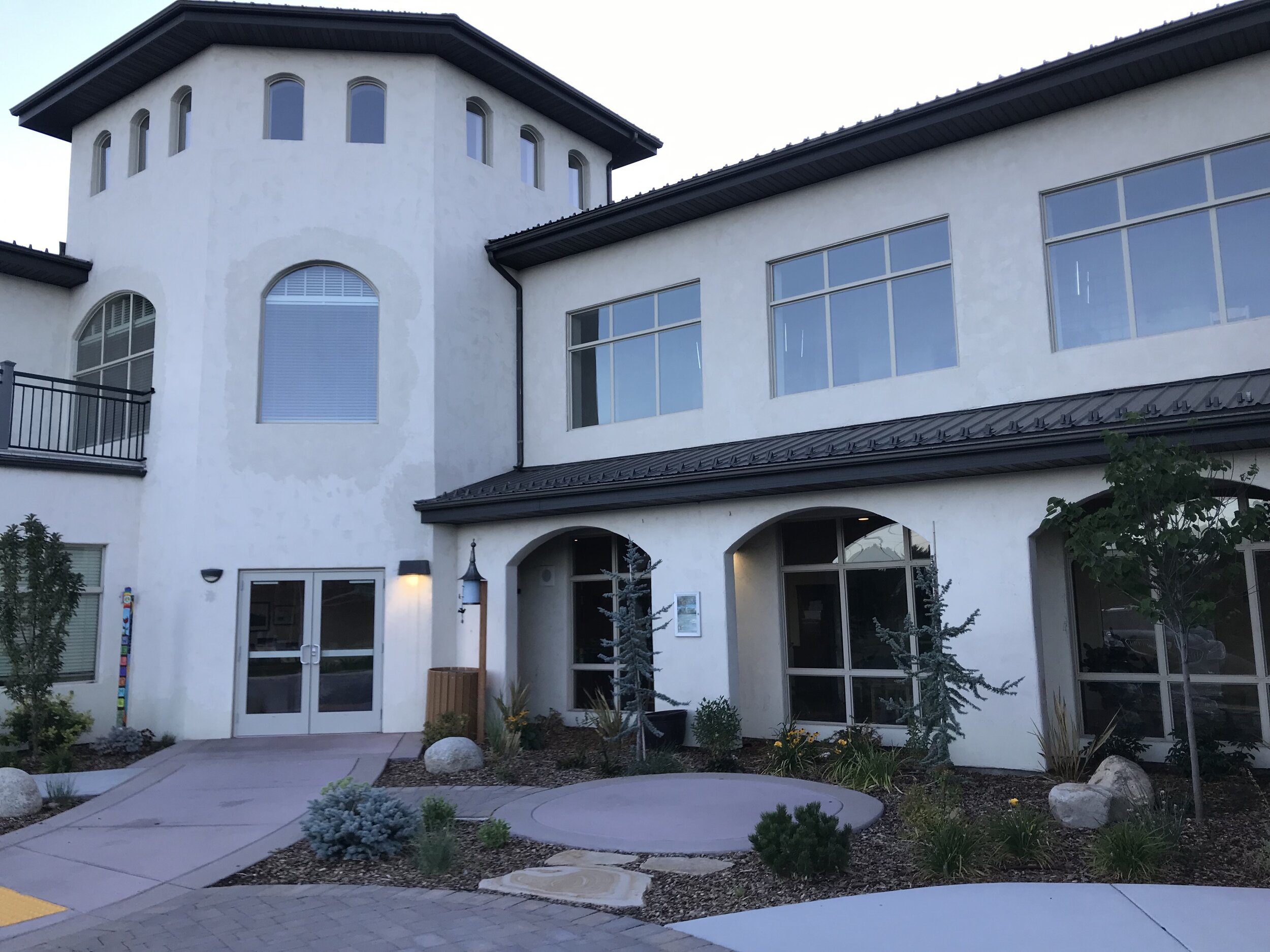Addition
Bead stair
(operational)
- Age: 5-7
- Objective: Gain familiarity with the concept of addition and practice adding numbers from 1-9.
- Method: Set up both pyramids next to each other with 1 at the top and 9 at the bottom. Take the first addend from the first pyramid and place it in your workspace. Take the second addend from the second pyramid and place it next to the first addend. Count up from left to right through both bars to find the answer. Record your work.
- Options for follow-up: the child can build their own problems. Can be done with worksheets of addition problems. The child can make a guess and then check their work with the bars.
- Materials: Two sets of bars for each number from 1-9. These can be made with beads on wire, or strips of cardstock with squares drawn on for each unit. When stacked they should make a pyramid shape. The colors must be as follows:
Stamp game
(operational)
- Age: 6-8 (*Must be familiar with Golden Bead addition)
- Objective: Further abstraction of the concept of addition by adding large numbers.
- Method: Build two numbers in the thousands with the stamp game. Combine the units from both numbers, and count the quantity. Repeat for the 10s, the 100s, and the 1000s. Be sure that the first problems are static, or that they have no regrouping (no place value exceeds 10). When moving on to dynamic problems, be sure to do the regrouping (“exchanging” or “trading in”) before moving on the the next place value.
- Materials: A quantity of small squares in green, blue, and red. If helpful, label the green ones with “1,” the blue with “10,” the red with “100,” and more green ones with “1000.”
- Link: https://www.youtube.com/watch?v=7-o2m1Wfv0A
Strip board
(memorizing)
- Age: 6-8
- Objective: Further abstraction of addition math facts.
- Method: The two addend staircases are laid out on either side of the board. The first addend is taken from the red stair and placed on the board starting at 1, and the second addend is taken from the blue stair and placed next to the red addend. The answer is found above the end of the blue strip. Many problems are done, including exploration of a number plus itself (doubles) or different addition problems that make 10.
- Materials: Strips of card stock from 1 cm to 9 cm, one set in red and another in blue. An 18 cm chart with each cm labeled (1 to 18).
- Link: https://www.youtube.com/watch?v=iLR6FA1xA00
- Age: 6-8
- Objective: Movement towards memorization of basic addition math facts.
- Method: For an example problem of 4 + 5 =, the left index finger is placed on “4” in the left column. The right index finger is placed on the number “5” in the top row. The fingers are then slid together, following the rows and columns until they meet on the answer, “9.”
- Materials: Paper chart of all addends and answer combinations from 1-9. Can be printed from http://www.montessorialbum.com/montessori/images/9/96/Addition_Chart_3.pdf
- Link: https://www.youtube.com/watch?v=vSAjAAJfbPQ


